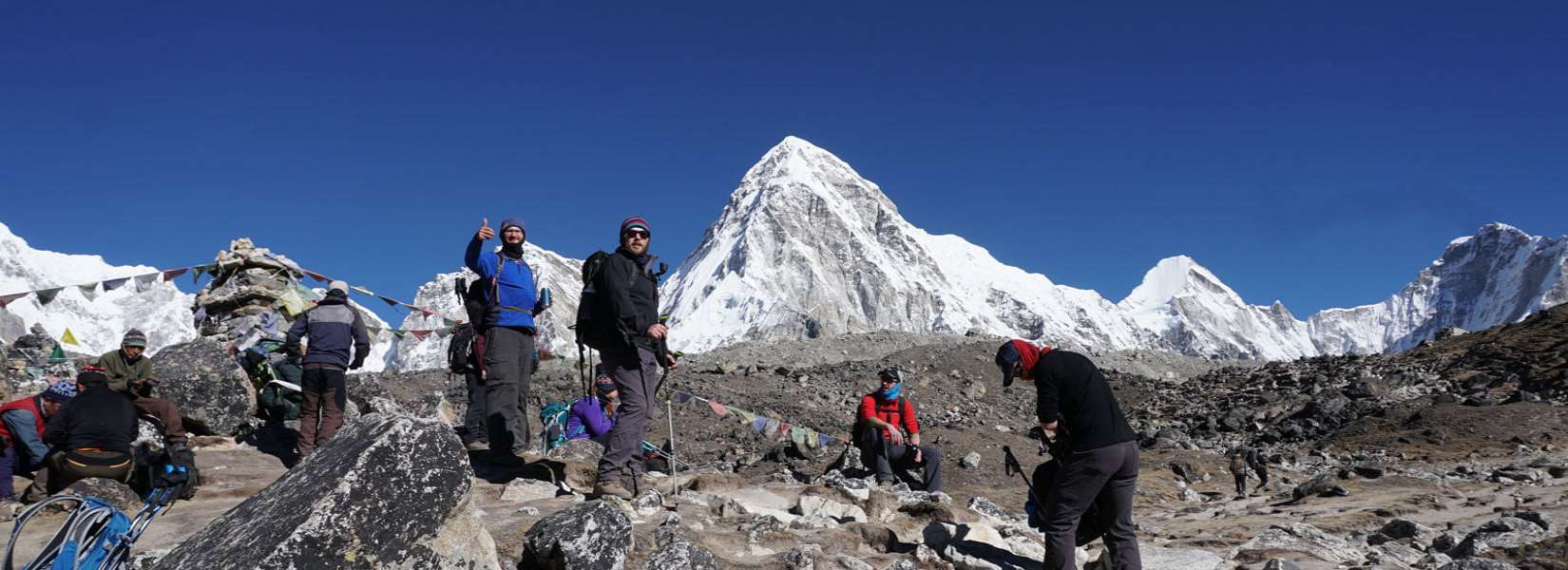AMS (Acute Mountain Sickness):
Interpreting about the Mountain Sickness – in the early 1980s when trekking was just becoming popular in Nepal it was quite dreadful to witness someone die with what it seemed like the flu or chest-infection or pneumonia because it wasn’t diagnosed then as Altitude Sickness. Even after all the extensive medication that we have these days, it is still tragic to see mountain sickness among trekkers which is simply because many people are ignorant of the real fact and hazards of going to high altitude.
AMS occurs due to failure to acclimatize to high altitudes. When you fail to acclimatize, the body emits a kind of fluid that collects in between your body-cells and eventually accumulates either to your Brain or to your Lungs. This sickness is reported at any altitude above 2800 m.
Your group leader will brief you on altitude sickness prevention and above all, he will be there to assist you with prompt measures of medication and oxygen related equipment before any serious health catastrophe. Above all, to minimize the effect of altitude Himalayan Dynasty has designed all our itineraries to such an extent that the ascent is slow and not very fatiguing. However, there is a wise saying that “it’s not altitude that kills people; it’s the fear of altitude”.
Guidelines to Avoid getting Acute Mountain Sickness (AMS)
Though all our high altitude trek itineraries are designed in such a way that it supplies ample ground for proper acclimatization. Yet, Acute mountain sickness is something more of a reaction that materializes in our body under a lower rate of oxygen level. It’s a mountain ailment which is fatal. It’s hard to predict who of what age and physical fitness can actually get of A.M.S.
- Walk very slow, give your body time for acclimatization.
- Do not make regular or quick Ascent.
- Try to keep your breathing and heart rate under control.
- Avoid Alcohol and Sleeping pills.
- Maintain your body with adequate fluids, at least 3 to 4 liters a day.
- Do not tend to miss any of your acclimatization excursions.
- Follow the convenient slow pace set by your leading Assistant Guide.
- Descend if you suspect any severe symptoms.
- Keep your body warm.
- Follow the advice of your group leader.
Himalayan Dynasty delivers professionals who are well equipped with medication and oxygen cylinders to deal with A.M.S. Besides, there are ample preventive strategies to deal any mountain sickness. Food poisoning, severe diarrhea, stomach problems are other very common mountain ailments that can be nightmarish than the A.M.S.



